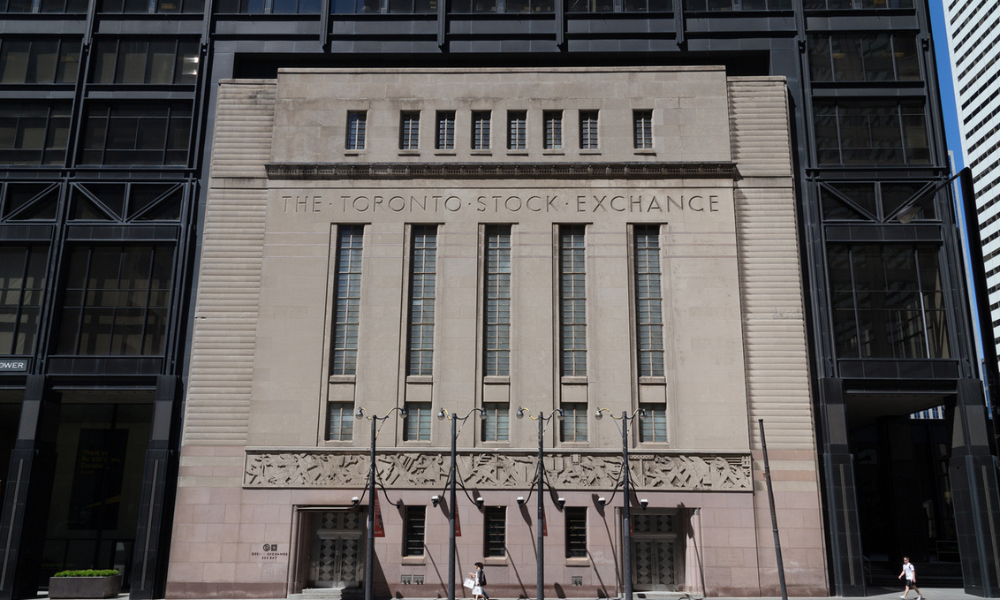Giant delivers verdict on the Canadian heavyweights

UBS sees solid potential in the Royal Bank of Canada (RBC) and the National Bank of Canada despite the challenging economic environment.
The wealth management firm has initiated a review of the big six Canadian banks with a cautiously optimistic outlook. Despite rising unemployment and consumer pressures, UBS analyst Jill Shea believes Canadian banks are well-positioned to weather economic strains.
“Amid macro challenges and ahead of the mortgage renewal wave in Canada, we have an appreciation for the Big Six banks’ resilience of earnings through the cycle – the benefit of strong capital positions bolstered allowances, strong underwriting and the fundamental strength in place,” Shea wrote in a note.
UBS set a price target of $165 for RBC, predicting a 13% upside for the stock. Shea cited RBC’s revenue diversification and exposure to capital markets as key factors, especially in a year marked by central bank easing and slowing loan growth.
For National Bank, UBS set a price target of $123, also predicting a 13% upside.
“NA’s footprint as a super-regional Canadian lender concentrated largely in Quebec lends itself to relative resilience to housing-related issues,” Shea explained.
She noted that RBC’s acquisition of HSBC Bank Canada will yield big expense savings. Shea also viewed National Bank’s acquisition of Canadian Western Bank as a growth driver.
Read more: National Bank, Canadian Western acquisition deal raises competition concerns
UBS assigned neutral ratings to the Bank of Montreal (BMO), Bank of Nova Scotia (BNS), Canadian Imperial Bank of Commerce (CM), and Toronto-Dominion Bank (TD).
The firm forecast 2% EPS growth for Canadian banks in 2024, improving to 7% in 2025. The analysts noted that the banks are currently trading at a slight discount to historical averages, with the group trading at 10.3 times 2024E EPS versus the 10-year average of 10.7 times.
Year-to-date, the Royal Bank of Canada has gained 5% in Toronto trading, while the National Bank of Canada has risen 7%. This compares to a 4% rise in the Toronto Stock Exchange’s S&P/TSX Composite Index and a nearly 15% climb in the S&P 500.
The report also highlighted the banks’ strong capital positions, with an average CET1 (Common Equity Tier 1) ratio of 13.1%, serving as buffers against rising credit costs.
UBS expects the Bank of Canada to lower policy rates to 4.25% by the end of 2024 and 2.75% by the end of 2025, which could provide some economic relief.
Make sure to get all the latest news to your inbox on Canada’s mortgage and housing markets by signing up for our free daily newsletter here.



